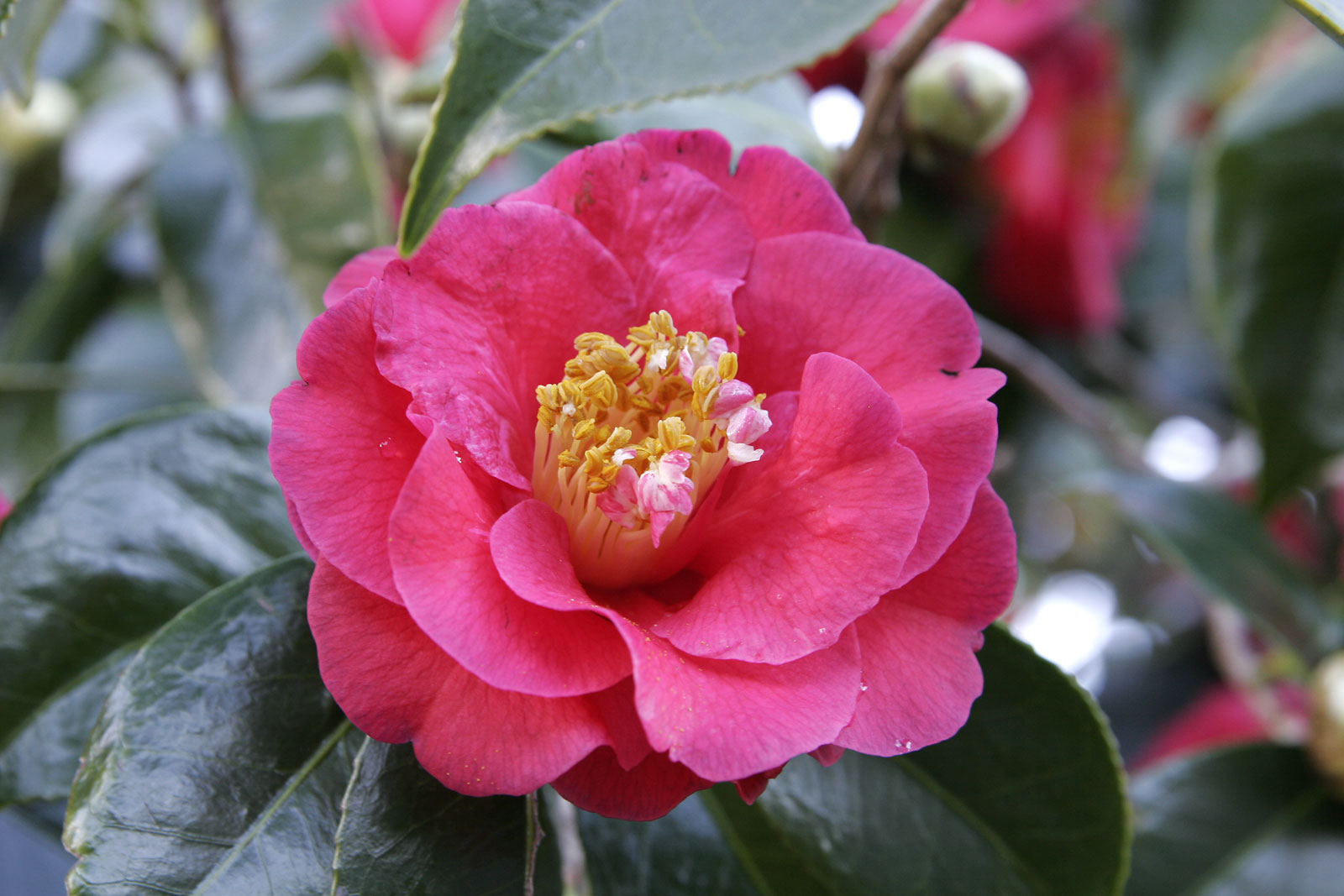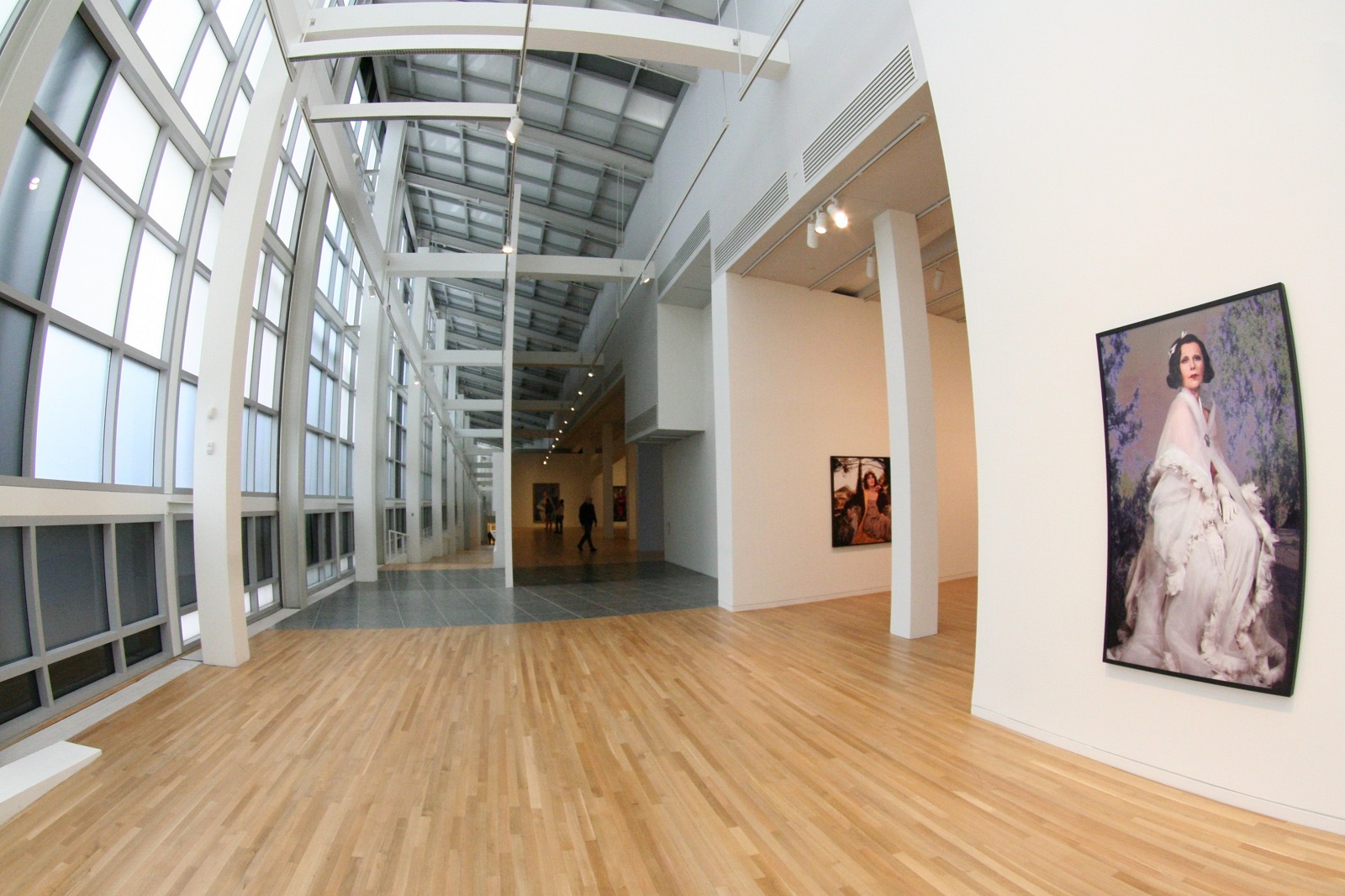|
Young Sick Bacchus
The ''Young Sick Bacchus'' (), also known as the ''Sick Bacchus'' or the ''Self-Portrait as Bacchus'', is an early self-portrait by the Italian Baroque artist Caravaggio, Michelangelo Merisi da Caravaggio, dated between 1593 and 1594. It now hangs in the Galleria Borghese in Rome. According to Caravaggio's first biographer, Giovanni Baglione, it was a Cabinet painting, cabinet piece painted by the artist using a mirror. History The painting dates from Caravaggio's first years in Rome following his arrival from his native Milan in mid-1592. Sources for this period are inconclusive and probably inaccurate, but they agree that at one point the artist fell extremely ill and spent six months in the hospital of Santa Maria della Consolazione. According to a 2009 article in the American medical publication ''Clinical Infectious Diseases'', the painting indicates that Caravaggio's physical ailment likely involved malaria, as the jaundiced appearance of the skin and the jaundice, icterus ... [...More Info...] [...Related Items...] OR: [Wikipedia] [Google] [Baidu] |
Caravaggio
Michelangelo Merisi da Caravaggio (also Michele Angelo Merigi or Amerighi da Caravaggio; 29 September 1571 – 18 July 1610), known mononymously as Caravaggio, was an Italian painter active in Rome for most of his artistic life. During the final four years of his life, he moved between Kingdom of Naples, Naples, Hospitaller Malta, Malta, and Kingdom of Sicily, Sicily. His paintings have been characterized by art critics as combining a realistic observation of the human state, both physical and emotional, with a dramatic use of lighting, which had a formative influence on Baroque painting. Caravaggio employed close physical observation with a dramatic use of chiaroscuro that came to be known as tenebrism. He made the technique a dominant stylistic element, transfixing subjects in bright shafts of light and darkening shadows. Caravaggio vividly expressed crucial moments and scenes, often featuring violent struggles, torture, and death. He worked rapidly with live models, preferrin ... [...More Info...] [...Related Items...] OR: [Wikipedia] [Google] [Baidu] |
Giuseppe Cesari
Giuseppe Cesari (14 February 1568 – 3 July 1640) was an Italian Mannerist painter, also named Il Giuseppino and called ''Cavaliere d'Arpino'', because he was created ''Cavaliere di Cristo'' by his patron Pope Clement VIII. He was much patronized in Rome by both Clement and Sixtus V. He was the chief of the studio in which Caravaggio trained upon the younger painter's arrival in Rome. Biography Cesari's father, Muzio Cesari, had been a native of Arpino, but Giuseppe himself was born in Rome. Here, he was apprenticed to Niccolò Pomarancio. Cesari is stigmatized by Luigi Lanzi, as not less the corrupter of taste in painting than Marino was in poetry (Lanzi disdained the style of post-Michelangelo Mannerism as a time of decline.). Cesari's first major work, done in his twenties, was the painting of the right counterfacade of San Lorenzo in Damaso, completed from 1588 to 1589. On 28 June 1589, he received the commission for the murals of the choir vault in the Certosa di San ... [...More Info...] [...Related Items...] OR: [Wikipedia] [Google] [Baidu] |
State Flower
This is a list of U.S. state, federal district, and territory flowers. See also *List of U.S. state trees * Lists of U.S. state insignia References External linksList of state flowers {{USStateLists * U.S. state flowers Flowers Flowers, also known as blooms and blossoms, are the reproductive structures of flowering plants ( angiosperms). Typically, they are structured in four circular levels, called whorls, around the end of a stalk. These whorls include: calyx, m ... . Flowers in culture ... [...More Info...] [...Related Items...] OR: [Wikipedia] [Google] [Baidu] |
Camellias
''Camellia'' (pronounced or ) is a genus of flowering plants in the family Theaceae. They are found in tropical and subtropical areas in eastern and southern Asia, from the Himalayas east to Japan and Indonesia. There are more than 220 described species; almost all are found in southern China and Indochina. Camellias are popular ornamental, tea, and woody-oil plants cultivated worldwide for centuries. Over 26,000 cultivars, with more than 51,000 cultivar names, including synonyms, have been registered or published. The leaves of '' C. sinensis'' are processed to create tea, and so are of particular economic importance in East Asia, Southeast Asia, and the Indian subcontinent, with the processed leaves widely sold and consumed globally. The ornamental '' C. japonica'', '' C. sasanqua'' and their hybrids are the source of hundreds of garden cultivars. '' C. oleifera'' produces tea seed oil, used in cooking and cosmetics. Description Camellias are evergreen shrubs or small ... [...More Info...] [...Related Items...] OR: [Wikipedia] [Google] [Baidu] |
Young Sick Camellia
St. Paul and The Broken Bones is an American eight-piece soul band based in Birmingham, Alabama, United States, that formed in 2012. The band is composed of Paul Janeway (vocals), Browan Lollar (guitar), Jesse Phillips (bass), Kevin Leon (drums), Al Gamble (keys), Allen Branstetter (trumpet), Amari Ansari (saxophone), and Chad Fisher (trombone). They have released five albums and two EPs while touring internationally. History Vocalist Paul Janeway and bassist Jesse Phillips met in the mid-2000s while playing in Birmingham as part of the alternative soul outfit The Secret Dangers. In 2012, Jesse and Paul met back in Ol' Elegante Studios in Birmingham to start a new project. Janeway says of the project with Phillips, "It was going to be our last hurrah" before focusing on other careers, "but then something just clicked and we walked out of there with something." As the two began working around Janeway's voice, they realized they were forming a soul outfit. As the project ... [...More Info...] [...Related Items...] OR: [Wikipedia] [Google] [Baidu] |
Cindy Sherman
Cynthia Morris Sherman (born January 19, 1954) is an American artist whose work consists primarily of photographic self-portraits, depicting herself in many different contexts and as various imagined characters. Her breakthrough work is often considered to be the collection ''Untitled Film Stills'', a series of 70 black-and-white photographs of herself evoking typical female roles in performance art, performance media (especially arthouse films and popular B-movies). Early life and education Sherman was born in 1954, in Glen Ridge, New Jersey, the youngest of the five children of Dorothy and Charles Sherman. Shortly after her birth, her family moved to the township of Huntington, New York, Huntington, Long Island. Her father worked as an engineer for Grumman, Grumman Aircraft. Her mother taught reading to children with learning difficulties.Simon Hattenstone (January 15, 2011)Sherman: Me, myself and I''The Guardian''. Sherman has described her mother as good to a fault, and her f ... [...More Info...] [...Related Items...] OR: [Wikipedia] [Google] [Baidu] |
Simone Peterzano
Simone Peterzano () was an Italian Mannerist painter. Born in Bergamo, he stressed his links to Venice where he probably trained. He is mostly known as the master of Caravaggio. Peterzano called himself a pupil of Titian and would sometimes sign his works ''titiani alumnus.'' He debuted in Milan with the counterfaçade frescoes in San Maurizio al Monastero Maggiore (1573), influenced by Veronese and Tintoretto. In the same year he painted two canvasses with ''Histories of Sts. Paul and Barnabas'' for the church of San Barnaba, also in Milan. Also from the same period are a ''Pietà'' in the church of San Fedele and a ''Pentecost'' for San Paolo Converso (now in Sant'Eufemia). Between 1578 and 1582 Peterzano executed frescoes in the presbytery of Garegnano Charterhouse, considered one of his masterworks. In the same period he painted a ''Nativity with saints and angels'' in the church of Santa Maria di Canepanova in Pavia. His last works, characterized by a cold monumental s ... [...More Info...] [...Related Items...] OR: [Wikipedia] [Google] [Baidu] |
Boy Bitten By A Lizard (Caravaggio)
''Boy Bitten by a Lizard'' (Italian: ''Ragazzo morso da un ramarro'') is a painting by the Italian Baroque painter Caravaggio. It exists in two versions, both believed to be authentic works of Caravaggio, one in the Fondazione Roberto Longhi in Florence, the other in the National Gallery, London. Date Both versions are thought to date from the period 1594–1596. According to art historian Roberto Longhi, the latter end of this period seems more likely, given that the paintings have all the signs of the early works painted in the household of Caravaggio's sophisticated patron Cardinal Francesco Del Monte, and that Caravaggio did not enter the Cardinal's Palazzo Madama until some time in 1595. Identity of model As with all of Caravaggio's early output, much remains conjectural, and the identity of the model has been debated. One theory is that the model was Mario Minniti, Caravaggio's companion and the model for several other paintings from the period; the bouffant, curly da ... [...More Info...] [...Related Items...] OR: [Wikipedia] [Google] [Baidu] |
Portraits
A portrait is a painting, photograph, sculpture, or other artistic representation of a person, in which the face is always predominant. In arts, a portrait may be represented as half body and even full body. If the subject in full body better represents personality and mood, this type of presentation may be chosen. The intent is to display the likeness, personality, and even the mood of the person. For this reason, in photography a portrait is generally not a snapshot, but a composed image of a person in a still position. A portrait often shows a person looking directly at the painter or photographer, to most successfully engage the subject with the viewer, but portrait may be represented as a profile (from aside) and 3/4. History Prehistorical portraiture Plastered human skulls were reconstructed human skulls that were made in the ancient Levant between 9000 and 6000 BC in the Pre-Pottery Neolithic B period. They represent some of the oldest forms of art in the Middle E ... [...More Info...] [...Related Items...] OR: [Wikipedia] [Google] [Baidu] |
Still-life
A still life (: still lifes) is a work of art depicting mostly inanimate subject matter, typically commonplace objects which are either natural (food, flowers, dead animals, plants, rocks, shells, etc.) or human-made (drinking glasses, books, vases, jewelry, coins, pipes, etc.). With origins in the Middle Ages and Ancient Greco-Roman art, still-life painting emerged as a distinct genre and professional specialization in Western painting by the late 16th century, and has remained significant since then. One advantage of the still-life artform is that it allows an artist much freedom to experiment with the arrangement of elements within a composition of a painting. Still life, as a particular genre, began with Netherlandish painting of the 16th and 17th centuries, and the English term ''still life'' derives from the Dutch word ''stilleven''. Early still-life paintings, particularly before 1700, often contained religious and allegorical symbolism relating to the objects depict ... [...More Info...] [...Related Items...] OR: [Wikipedia] [Google] [Baidu] |
Boy With A Basket Of Fruit (Caravaggio)
A boy is a young male human. The term is commonly used for a child or an adolescent. When a male human reaches adulthood, he is usually described as a man. Definition, etymology, and use According to the ''Merriam-Webster Dictionary'', a boy is "a male child from birth to adulthood". The word "boy" comes from Middle English ''boi, boye'' ("boy, servant"), related to other Germanic words for ''boy'', namely East Frisian ''boi'' ("boy, young man") and West Frisian ''boai'' ("boy"). Although the exact etymology is obscure, the English and Frisian forms probably derive from an earlier Anglo-Frisian *''bō-ja'' ("little brother"), a diminutive of the Germanic root *''bō-'' ("brother, male relation"), from Proto-Indo-European *''bhā-'', *''bhāt-'' ("father, brother"). The root is also found in Norwegian dialectal ''boa'' ("brother"), and, through a reduplicated variant *''bō-bō-'', in Old Norse ''bófi'', Dutch ''boef'' "(criminal) knave, rogue", German ''Bube'' ("knave ... [...More Info...] [...Related Items...] OR: [Wikipedia] [Google] [Baidu] |






